GigaWatt PF-1e, PF-1 EVO, and PF-2 EVO Power Strips
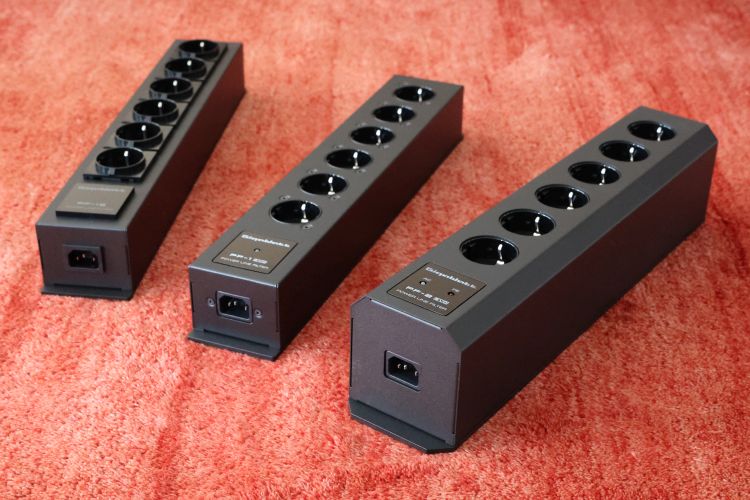
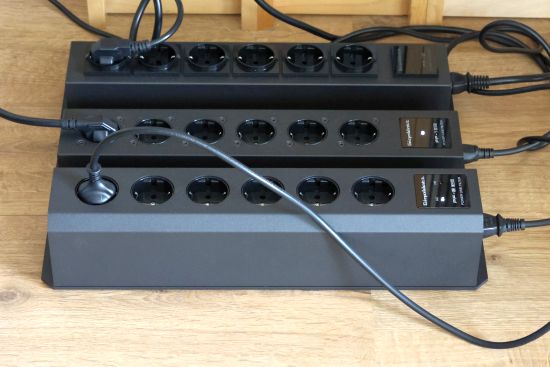
Running In
When receiving the Power Strips, I was forewarned that it would be wise to properly use them prior to forming definitive conclusions. The reason for this is twofold. First, one may need some time to get used to the calmer (less aggressive) sound of the filtered strips, and second, the strips seem to actually need some time to fully come alive.
That second statement finds some backing from the GigaWatt PC-4 EVO+ Power Conditioner review that I did some time ago. While this top-tier conditioner offers additional technology and is on another level from the Power Strips, I did find that it sounded better and better, the longer I used it. So, to be on the safe side, I connected all 3 Power Strips to spare components and let them simmer for over 2 weeks prior to doing any listening.
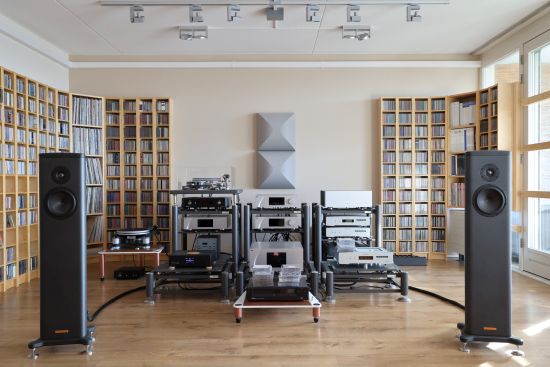
System Context
The core of the main system consists of the CH Precision C1 DAC, L1 preamp, A1.5 power amp with the Grimm MU1, Antipodes K50, and Taiko Audio Extreme servers as main sources, and Magico S1 MkII speakers. All interlinks are Driade Flow Link Reference 808, both balanced and unbalanced. The speaker cables are the Mad Scientist Black Magic.
The core components are placed on Artesania Exoteryc racks with Carbon Fiber Linear Arms. The MU1, as well as most review components, are placed on an Artesania KSH2 Krion shelf that couples via Artesania Carbon Fiber Linear arms to an Artesania Aire Floor Platform. The Aire is basically a lower Exoteryc rack and it sounds identical.
The power for this system is delivered by a dedicated run of solid-core installation wire, sourced in the Breaker Box from a Siemens Sitor Cylindric Fuse Cartridge, and ending in three GigaWatt G-044 single Schuko Wall Sockets behind the audio system. My normal power distributors have a shielded metal case and provide solid connections but use simple linear brass strip conductors. They are nothing special but they get the job done in a predictable manner. I use three distributors, one for the main system, one for analog, and one for review components.
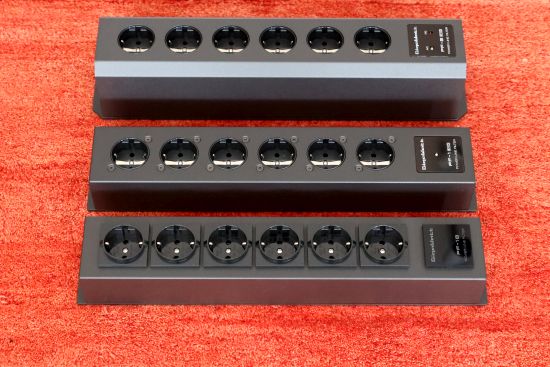
For the purpose of this review, I will restrict the use to only a single power distributor and use only the digital front so that I can swap all cables from one Power Strip to the next. The audio components are powered by a mix of cables including a GigaWatt PowerSync ULTRA and an LC-2 EVO.
Listening
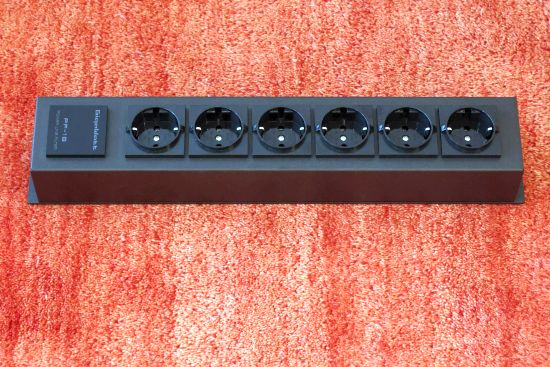
PF-1e
Starting with the PF-1e and a GigaWatt PowerSync cable, the sound is immediately very different. Calmer, smoother, and sweeter. Most noticeably, the treble is more fluid, more refined, and longer-decaying. The soundstage is undeniably wider and there is more flow. In comparison, my standard solution now sounds a little dry and controlled, but also higher-paced and more lively. The PF-1e may be an affordable Power Strip but it offers an amazing level of refinement. It offers remarkable subtlety and air, even if it does lose a bit of bite and attack in the process. Of course, whether this is good or bad will be system-dependent. And also, this balance can partially be redirected by the choice of main power cable. For instance, swapping the PowerSync cable for the PowerSync PLUS adds solidity and a little bit more drive while retaining the Strip’s natural and organic presentation. Conversely, using the LC-2 EVO seemingly injects the Power Strip with high-octane fuel, making it sound leaner and tighter as well as faster and more expressive. This cable adds a lot of excitement but the combination remains on the smooth and relaxed side. Clearly, this Power Strip’s greatest asset is the level of refinement and complete lack of hardness that it offers at such a relatively low price.
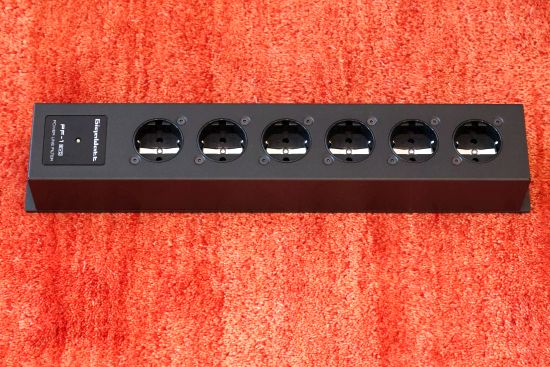
PF-1 EVO
At 660 euros, the PF-1 EVO demands double expenditure compared to the PF-1e. But it’s honestly still a far cry from being expensive, certainly when taking this Power Strip’s solid and heavy build into consideration. If you then top off this first impression with the fact that all contacts are silver-plated and better electronic parts are used throughout, it becomes something of a bargain.
After switching from the PF-1e to the PF-1 EVO, the difference is immediately obvious. The PF-1e’s calmness is retained while there’s better articulation, more impactful dynamics, clearer expression, and more expansive soundstaging. And it does all this without introducing any negatives, and importantly, while remaining true to the trend that the PF-1e started, which is a presentation that is never forced, let alone hard or edgy. Once again, the treble really stands out for being so beautifully refined, fluid, and airy, yet still percussive and precise.
As with the PF-1e Power Strip, the PF-1 EVO reveals exactly the kind of cable that is used to power it. If you use the standard PowerSync cable that comes with it, the Power Strip will deliver all of its signature smooth, fluid, and organic sound, but it will not deliver the best it can in terms of tightness, articulation, incisiveness, pacing, and transient attack. For that, one only needs to look at the LC-2 EVO, or even better, the PowerSync ULTRA. Yes, I realize that this cable is more costly than the Power Strip, but the combination provides an otherwise very hard-to-achieve balance between solidity, precision, and expression on the one hand, and smoothness, fluidity, and flow, on the other.
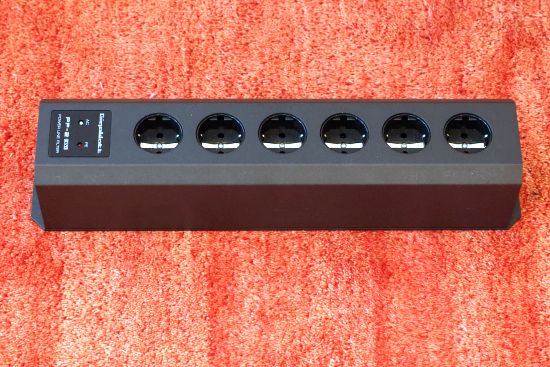
PF-2 EVO
Stepping further up to the massive PF-2 EVO, the sound makes further gains, but arguably not quite as dramatically as with the step from the PF-1e to the PF-1 EVO. The PF-2 EVO is clearly of the same family. But unlike the PF-1 EVO when coming from the PF-1e, the PF-2 EVO does not further enhance the transient behavior, impact, or expression. Rather, it works in quite another manner.
The PF-2 EVO’s main additional sonic benefit can best be described as further increased calmness. The other two Power Strips already did not exhibit any edginess or roughness whatsoever, but uniquely, the PF-2 EVO adds an increase in silence.
The PF-2 EVO is a Power Strip for those who seek introspection rather than spectacle. What this Power Strip does is lay out the sonic landscape more widely and more deeply than with the other two Power Strips while seemingly lowering the base level of blackness. As amplifier designer Jeff Rowland would say back in the day, dynamics don’t only count on a macro level, but also on a micro level. This seems to be an under-appreciated or at least often overlooked sonic aspect. What the PF-2 EVO offers is increased dynamic range in the opposite direction. I realize that may sound illogical, but what happens is that low-level sounds become clearer not by being louder or more etched but by extending deeper into the silence. The cumulative effect of this is that recordings present with more continuous, deeper, and blacker soundstages in which low-level sounds are portrayed with more space around them while they float more freely and decay for longer than with the other two Power Strips. Indeed, the PF-2 EVO provides a sound that greatly encourages long and relaxed listening sessions during which the listener is submerged in a beguilingly liquid and utterly free-flowing sound bubble.
As a handy bonus, the PF-2 EVO also offers a handy phase indicator LED to guide the user in connecting the main power cable with the correct orientation.
As with the other Power Strips, the PF-2 EVO will let you hear very clearly which cable is used to power it. Although the Power Strip comes with a PowerSync cable included and this sure produces good results off the bat, I would strongly urge any potential buyer to just skip this cable as well as the PowerSync PLUS, and go straight for the PowerSync ULTRA.
This combination will deliver an utterly harmonious balance neutral solidity, low-level resolution, smoothness, fluidity, and flow.
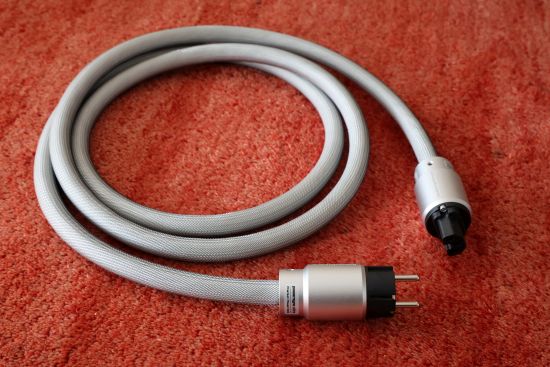
Above: PowerSync ULTRA
Sidenote – There’s an interesting side effect that I just had to share. Whilst running in the three Power Strips but still using my regular power strips, I felt that the sound was notably different than before. It was smoother, warmer, and richer, but I also felt that some incisiveness and control were missing. I had a feeling that the Power Strips might be responsible but they were not actually powering any of the components that were in use for my listening session. Moreover, they were connected to a separate wall outlet meaning that there was an estimated 30 meters of cable between the three Power Strips and the outlets for my system. Thus, I figured that I must have been imagining things. But sure enough, when disconnecting the Power Strips, the sound became more direct, drier, and more forward. Granted, this is not the way to use the Power Strips and the effect was certainly not comparable to actually using the Power Strips, but clearly, the filter components inside these Power Strips are still doing their job, even when they are just connected in parallel!
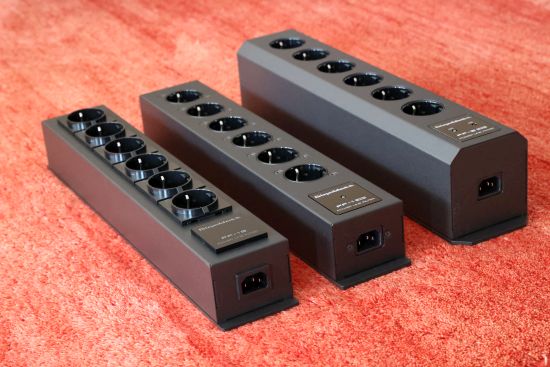
Conclusion
The entry-level PF-1e offers amazing build quality and sounds much more fluid and refined than I would expect in this price bracket. At 330 euros I do not expect the world but it sure sounds worlds better than a no-name normal Power Strip from your local utility store.
The PF-1 EVO may cost double the PF-1e’s price sticker but it also offers better electronic components, silver-plated output connectors, and most importantly, massively improved performance. Sonically, and in terms of value for money, the PF-1 EVO inhabits the sweet spot of the range.
The PF-2 EVO offers an even more massive build. Sonically, it delivers more continuous, deeper, and blacker soundstages in which low-level sounds are portrayed with more space around them while they float utterly freely and decay seemingly forever. Most of all, the PF-2 EVO provides a sound that greatly encourages long and relaxed listening sessions.
External Links
Distributor for the Netherlands: Ohm Audio
Manufacturer: Gigawatt.eu
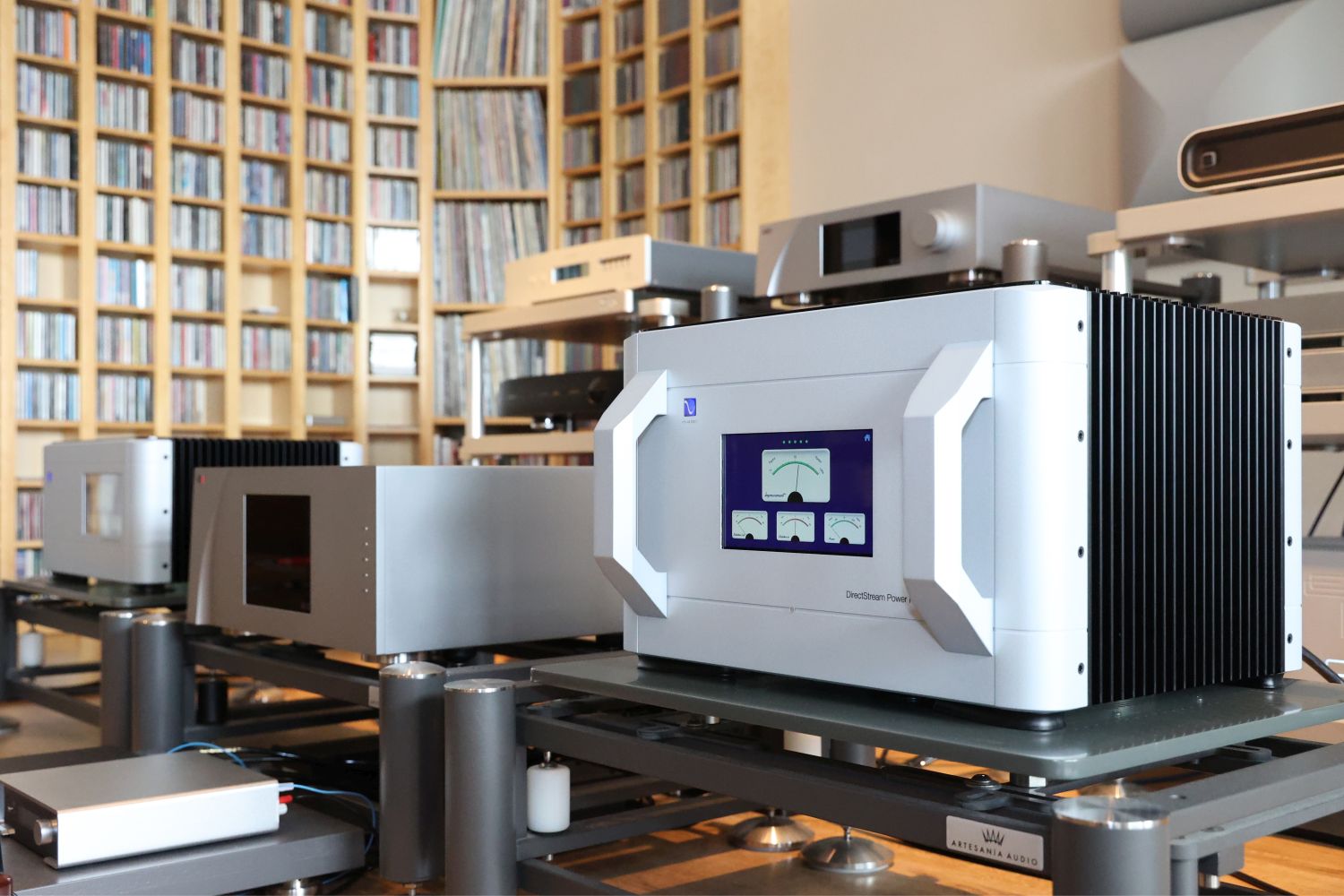

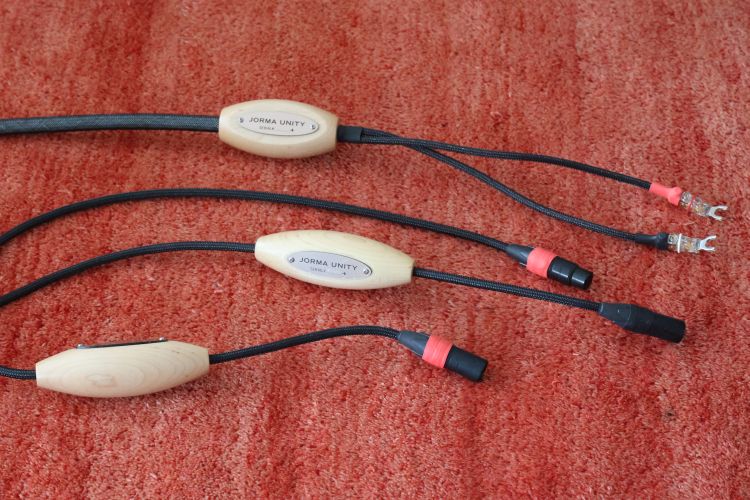
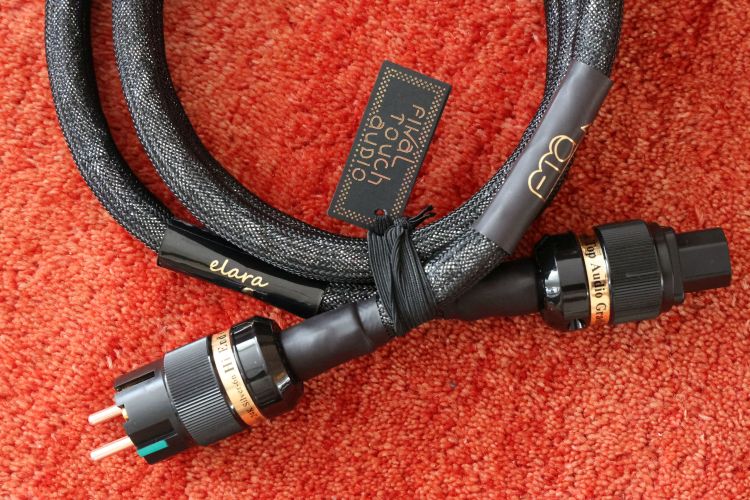
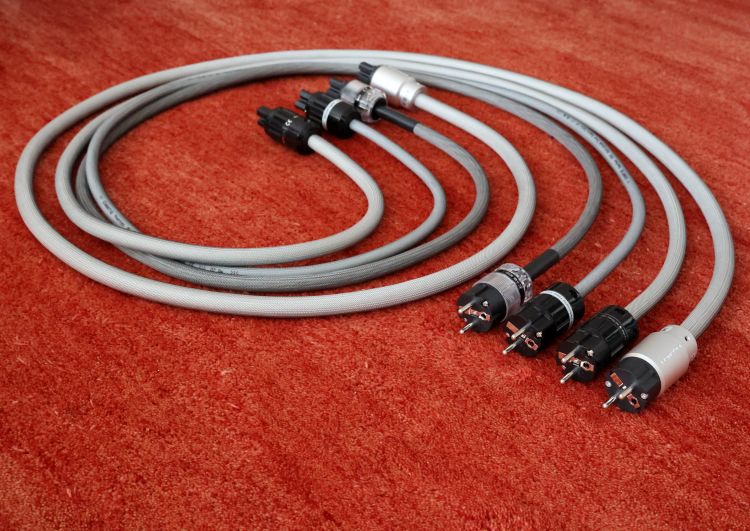
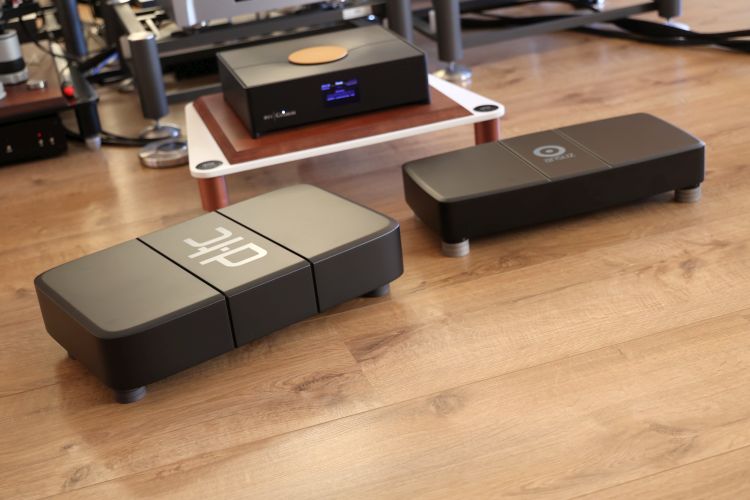
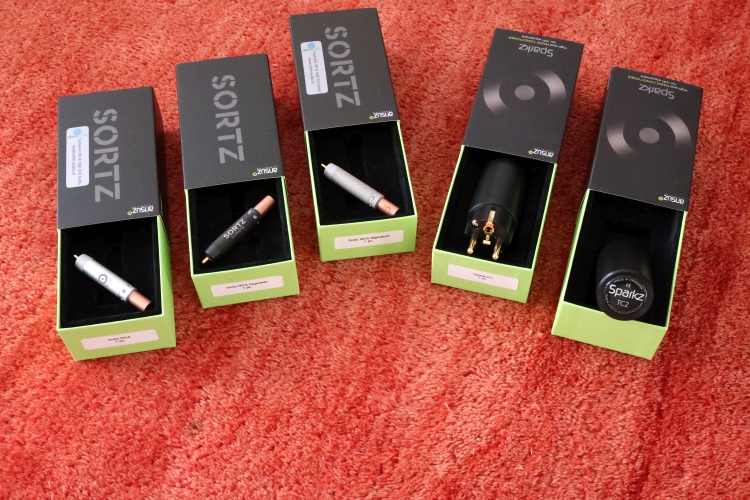
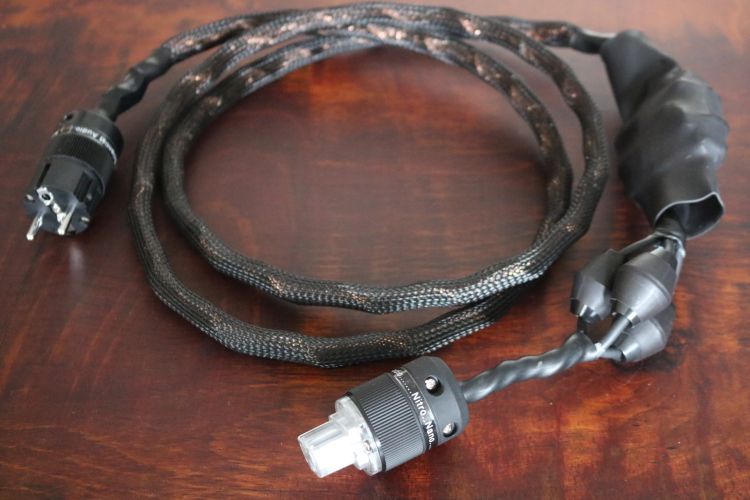
Hi Christian,
I am about to start spending on electric components of my system including strips and power cables, and gigawatt products are on my radar. Here is my purchase plan step-by-step:
1)GC-16 + G044 double socket
2)PF2-EVO + Powersync ULTRA: BDP-3 and Weiss DAC will be connected to it. Amp will be connected to G044. Would you connect the same way or all three to the PF2-EVO?
3)Three power cables for the trio BDP3 – Weiss DAC – Line MAgnetic LM150ia. Budget limit is 2k EUR for this third step. Which Gigawatt cables would you for each of them?
There really is no “ideal” cable per component, this is situation-dependent, and a very personal matter. It depends on your room, system, setup, and personal preferences. As it follows, I cannot specify the ideal type of cable for you. What I would recommend is to start with two or more different cables that appeal to you, and simply experiment to find which one works best with any given component.